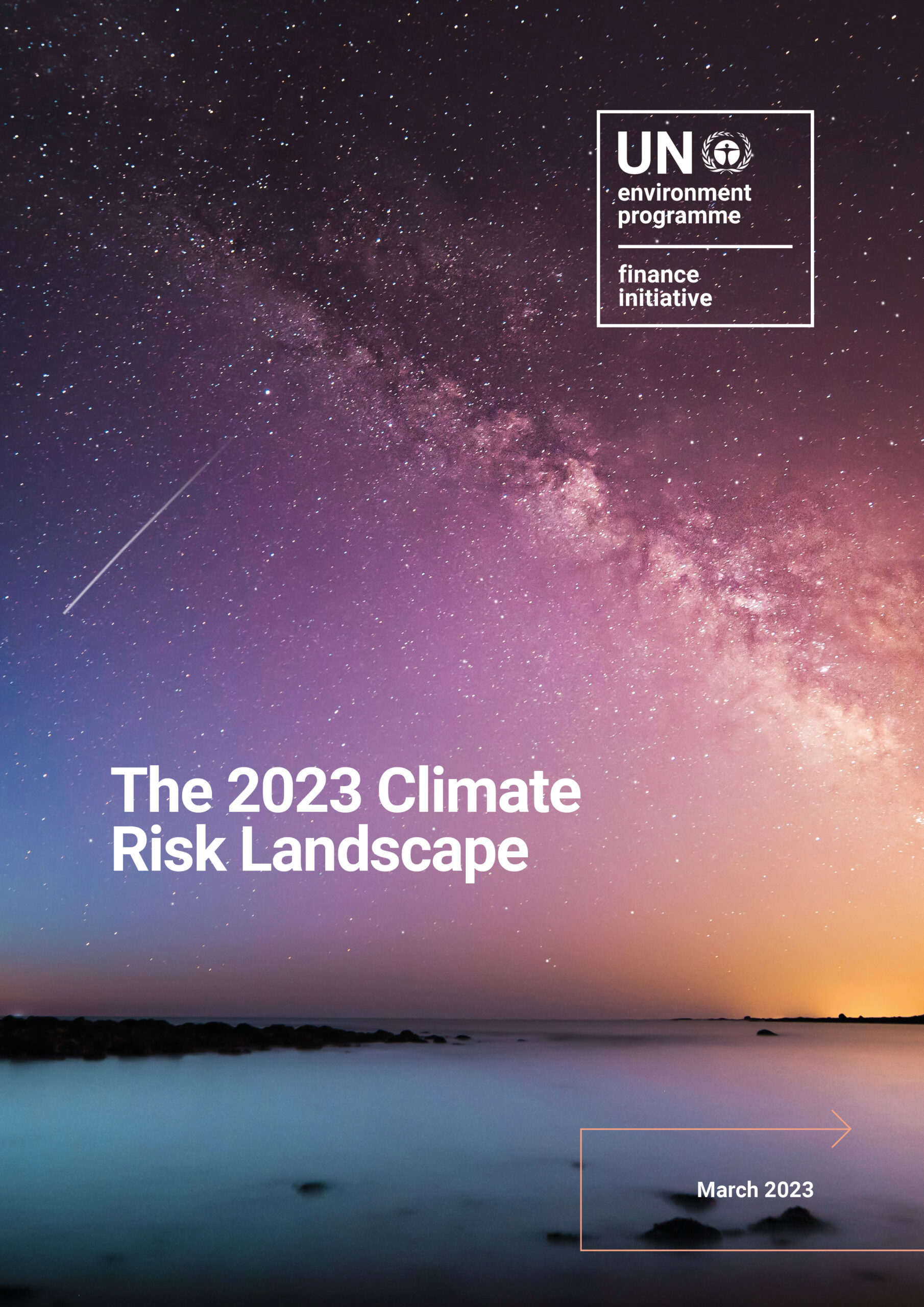Private finance for nature has surged elevenfold in four years, from $9.4 billion to over $102 billion, according to new research shared at the 3rd World Biodiversity Forum in Davos.
The research, conducted by UNEP FI in collaboration with UNEP State of Finance for Nature, the Finance for Biodiversity Foundation and leading experts, is based on member reporting and tracking of public transactions, as well as existing data sets for certain asset classes. The increasing sum of nature-badged finance highlights the growing momentum and support for closing the nature-badged finance gap. The Kunming-Montreal Global Biodiversity Framework (GBF) agreed at COP15 called for mobilizing at least US$200 billion per year from domestic, international, public and private resources for biodiversity-related funding by 2030. This includes leveraging private finance, promoting blended finance, implementing strategies for raising new and additional resources, and encouraging the private sector to invest in biodiversity, including through impact funds and other instruments, where appropriate.
Today most nature-related finance comes from public sources, yet private finance is necessary to close the gap in financing the GBF. But unlocking funds at this level requires collaborative, ambitious commitments and near-term action across the entire financial system. While finance is still falling short of the target, the pace of market growth continues, UNEP FI and FfB project that $1.45 trillion could flow into biodiversity and nature finance by 2030, helping to close the biodiversity finance gap. This includes alternative investments, traded debt, and private equity that are increasingly adding nature-related Key Performance Indicators (KPIs) as well as new instruments like biodiversity credits that show promise for funding vital stewardship, conservation and restoration efforts.
This expansion reflects a stronger commitment to closing the private sector finance gap, with the development of innovative financial instruments such as debt-for-nature conversions, nature-supportive Exchange Traded Funds (ETFs), biodiversity credits, and private venture capital for biodiversity. These rapid advancements suggest promise for even more innovation in this area.
Despite this significant growth, there remains a substantial biodiversity funding gap that needs to be addressed. There is a need to build a clear capital continuum to scale investments in nature-based solutions. Asset classes such as green bonds, impact investments, and blended finance are seeing notable growth, each offering unique benefits and facing specific constraints. Green bonds attract institutional investors but face standardization challenges; impact investments foster innovation but struggle with consistent impact measurement; and blended finance de-risks investments but requires complex deal structuring. Expanding these asset classes and overcoming their constraints is essential for closing the biodiversity funding gap and ensuring sustained private finance involvement in conservation efforts.
However, significant challenges remain. It is crucial to link these financial resources to national and local biodiversity priorities, especially in emerging markets where the funding gap is the largest. Furthermore, very little financial support reaches the custodians of the environment, such as indigenous peoples and local communities, who collectively manage a staggering 50% of the world’s land and hold 80% of the world’s biodiversity but only 10% of their lands are legally recognized and protected.
Halting and reversing nature loss is an economy-wide issue, with economy-wide efforts needed. It is therefore critical that both public and private institutions and real economy players work together, innovating to create mutually beneficial change that is aligned with what the world requires. This requires incorporating a wide range of views to ensure promote a just nature transition.
UNEP FI brings together a large network of banks, insurers, and investors that collectively catalyze action across the financial system to deliver more sustainable global economies. Through its work with banks and insurers, UNEP FI is boosting finance for nature and providing essential tools and resources to support these efforts. For three years, UNEP FI ahs led the “New Green Shoots” event documenting the latest trends and innovations in nature finance. This webinar is part of the “We need to talk about biodiversity” series co-organised with the FfB Foundation, the EU Business & Biodiversity Platform, and the Principles for Responsible Investment.
Q&A and feedback on the annual “New Green Shoots” or related materials is welcome to jessica.smith@un.org.


